Contents
| Fencing at the Games of the VII Olympiad | |
|---|---|
 | |
At the 1920 Summer Olympics, six fencing events (all for men) were contested. [1]
| Fencing at the Games of the VII Olympiad | |
|---|---|
 | |
At the 1920 Summer Olympics, six fencing events (all for men) were contested. [1]
A total of 149 fencers from 13 nations competed at the Antwerp Games: [1]
| Rank | Nation | Gold | Silver | Bronze | Total |
|---|---|---|---|---|---|
| 1 | 5 | 1 | 0 | 6 | |
| 2 | 1 | 4 | 3 | 8 | |
| 3 | 0 | 1 | 0 | 1 | |
| 4 | 0 | 0 | 2 | 2 | |
| 5 | 0 | 0 | 1 | 1 | |
| Totals (5 entries) | 6 | 6 | 6 | 18 | |

The 1920 Summer Olympics, officially known as the Games of the VII Olympiad and commonly known as Antwerp 1920, were an international multi-sport event held in 1920 in Antwerp, Belgium.

The field hockey competition at the 1920 Summer Olympics was held between September 1–5, 1920 in Antwerp, Belgium. Only four teams took part in the tournament and Great Britain won the gold medal.
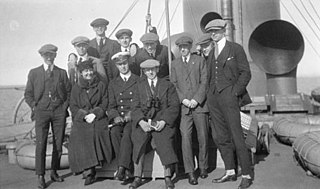
Ice hockey was introduced to the Olympic Games at the 1920 Summer Olympics in Antwerp. The tournament also served as the first World Championships. The matches were played between April 23 and April 29, 1920. Canada, represented by the Winnipeg Falcons, won the gold medal. The silver went to the United States and Czechoslovakia took the bronze.
Archery at the 1920 Summer Olympics in Antwerp marked the return of the sport after a 12-year absence following it not being contested in the 1912 Summer Olympics and the cancellation of the 1916 Summer Olympics due to World War I. The only competitors were men, and from only three countries. Belgium sent 14 archers, while France and the Netherlands each sent 8.

France competed at the 1920 Summer Olympics in Antwerp, Belgium. 304 competitors, 296 men and 8 women, took part in 113 events in 23 sports.

At the 1920 Summer Olympics, ten wrestling events were contested, for all men. There were five weight classes in Greco-Roman wrestling and five classes in Catch as Catch Can, predecessor to freestyle wrestling. The competitions were held from Monday, August 16 to Friday, August 20, 1920 (Greco-Roman) and from Wednesday, August 25 to Friday, August 27, 1920 (freestyle).

Sweden competed at the 1920 Summer Olympics in Antwerp, Belgium. 260 competitors, 247 men and 13 women, took part in 100 events in 18 sports.

The United States competed at the 1920 Summer Olympics in Antwerp, Belgium. 288 competitors, 274 men and 14 women, took part in 113 events in 18 sports.

Switzerland competed at the 1920 Summer Olympics in Antwerp, Belgium. 77 competitors, all men, took part in 45 events in 13 sports.
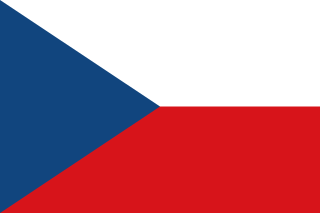
Czechoslovakia competed at the 1920 Summer Olympics in Antwerp, Belgium. It was the first time that the nation had competed at the Summer Olympic Games, after the republic was founded in 1918. Previously, Bohemia had competed at the Olympic Games from 1900 to 1912.

The Netherlands competed at the 1920 Summer Olympics in Antwerp, Belgium. 130 competitors, 129 men and 1 woman, took part in 58 events in 15 sports.

Belgium was the host nation for the 1920 Summer Olympics in Antwerp. 336 competitors, 326 men and 10 women, took part in 121 events in 23 sports.
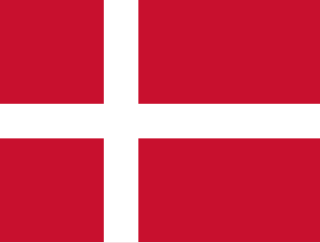
Denmark competed at the 1920 Summer Olympics in Antwerp, Belgium. 154 competitors, 150 men and 4 women, took part in 66 events in 14 sports.
At the 1920 Summer Olympics in Antwerp, 21 events in shooting were contested. A contested 22nd event may have taken place as a list of medal winners are known but the event is unknown.
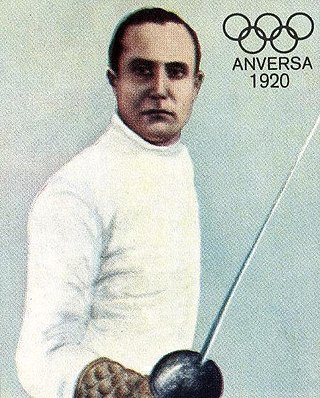
The men's foil was a fencing event held as part of the Fencing at the 1920 Summer Olympics programme. It was the fifth appearance of the event. A total of 56 fencers from 10 nations competed in the event, which was held on August 17 and August 18, 1920. Nations were limited to eight fencers each, with Belgium and Italy entering the maximum. Nedo Nadi of Italy repeated as Olympic champion, retaining the title he initially won at the 1912 Summer Olympics. Philippe Cattiau and Roger Ducret of France earned silver and bronze, respectively, returning France to the podium for the first time since 1900.
The men's team foil was a fencing event held as part of the Fencing at the 1920 Summer Olympics programme. It was the second appearance of the event, which had been introduced in 1904 but not held in 1908 or 1912.
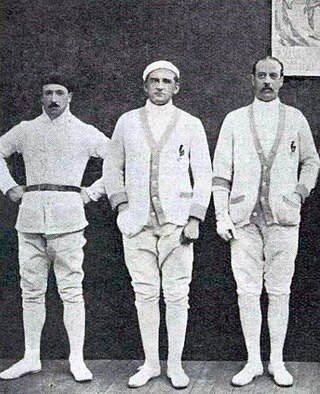
The men's épée was a fencing event held as part of the fencing at the 1920 Summer Olympics programme. It was the fifth appearance of the event. A total of 80 fencers from 13 nations competed in the event, which was held from August 20 to 23, 1920. Each nation was limited to eight fencers, down from 12 in 1908 and 1912. Of the six fencing events, the only one in which Nedo Nadi did not win a gold medal was the one in which he did not compete. Instead, a trio of Frenchmen swept the medals. It was Lippmann's second silver medal in the event, he having previously taken second in 1908; he was the second man to win multiple medals in the individual épée.
The men's team épée was a fencing event held as part of the Fencing at the 1920 Summer Olympics programme. It was the third appearance of the event. Eleven nations competed.
The men's team sabre was a fencing event held as part of the Fencing at the 1920 Summer Olympics programme. It was the third appearance of the event.
Fernand Alphonse Marie Frédéric de Montigny was a Belgian fencer and hockey player. He won two silver medals and two bronze in fencing and a bronze in hockey. He was also the architect of the 1920 Olympic Stadium.